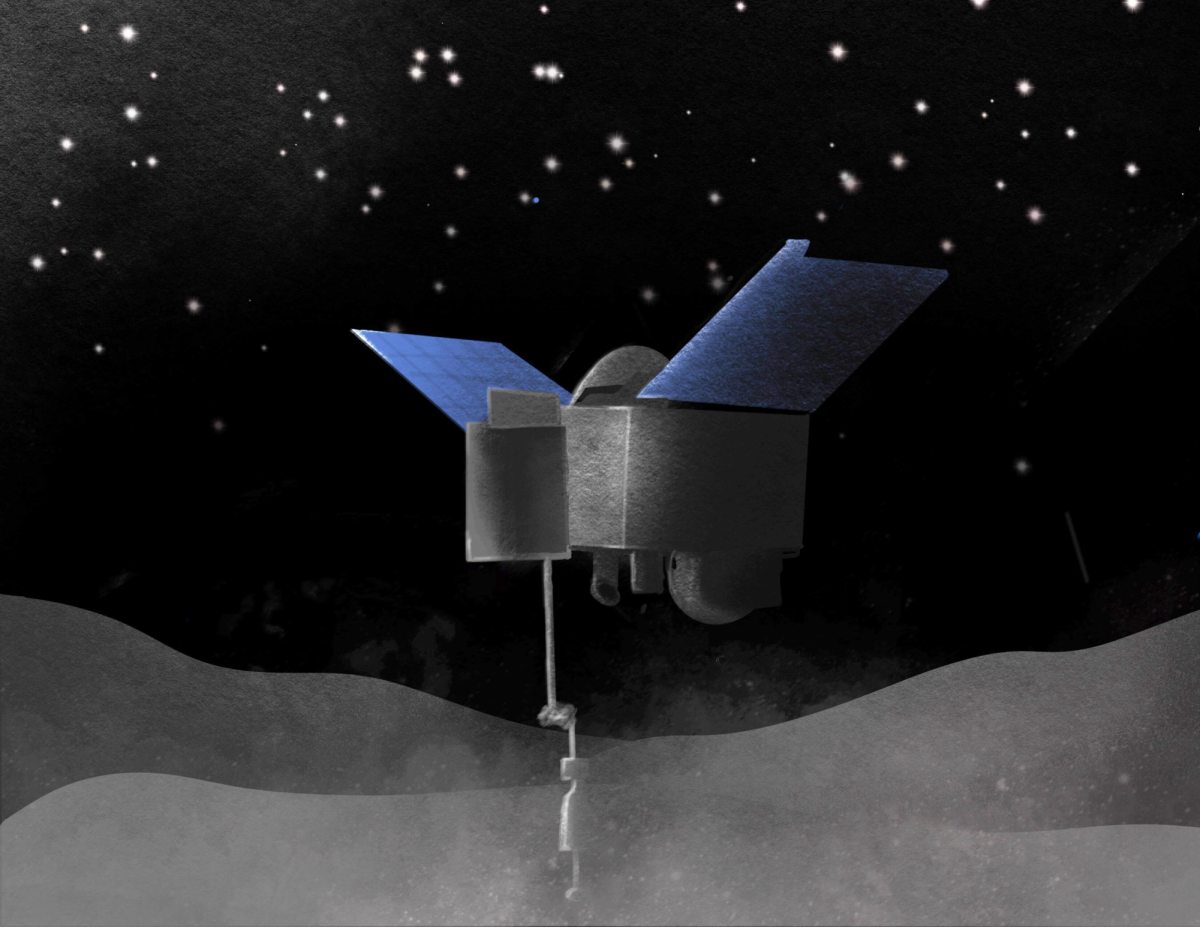In the vast expanse of space, the OSIRIS-REx spacecraft embarked on a pioneering mission, targetting Bennu, a near-Earth asteroid rich with secrets from the early solar system.
As it touched Bennu’s surface, it collected not just samples, but stories that could reshape our understanding of life’s origins and the formation of our solar system.
According to NASA, they launched the project in 2016, marking a significant milestone in 2020 when the spacecraft made brief contact with Bennu to collect samples.
Ancient samples from Bennu, which broke off a larger, carbon-rich asteroid hundreds of millions of years ago, returned to Earth in 2023 and may provide insights into the volatile elements and conditions that may have birthed the planets in our solar system and potentially life itself.
Staff scientist at NASA’s Solar System Exploration Research Virtual Institute Brian Day said much of Bennu’s content was prehistoric materials, including chondrites, which clue the origins of the solar system.
“The vast collection of boulders that compose Bennu seems to be very similar in composition to carbonaceous chondrites,” Day said. “These are especially pristine, primitive and ancient samples of extraterrestrial material.”
Professor Laura Schaefer from Stanford’s Department of Earth and Planetary Sciences also said the mission’s broader implications include how volatile elements, elements that vaporize readily, arrived on Earth.
“One of the key questions in the field of planet formation is trying to understand how the Earth acquired all of its volatile elements,” Schaefer said. “Water and the volatile elements that make up our atmosphere are the reason the Earth is habitable.”
And Day said these samples can potentially provide concrete insights into the early solar system.
“Carbonaceous chondrites are perhaps our best sources to understand the clouds of gas, dust, and ice that came together in the giant whirlpool that formed our Sun,” Day said. “Within these ancient materials, we sometimes find interstellar grains that condensed from the remains of stars that blew themselves up long before our Sun was born.”
Schaefer said Bennu was not hot enough to melt the fluids on the asteroid and alter the minerals, meaning the substances on the planetoid were pure.
“The samples have been sitting on that asteroid, mostly untouched, since the time that asteroid formed,” Schaefer said. “Some small asteroids had enough heat to melt any ice they had, which led to aqueous fluids flowing through the asteroid and altering the minerals.”
And the scientific intricacies of this mission seem to be having an impact on the younger generation as well.
Sophomore and president of the Astronomy Club Kishor Rajmohan said the asteroid is special compared to many others.
“The OSIRIS-REx mission is really interesting, not just because it is the first of its kind,” Rajmohan said. “Bennu is a very unique asteroid, one that is also in relatively close approach to the Earth.”
Adam Clancy, a student who presented on the OSIRIS-REx mission in Astrophysics class, said he thinks the mission holds special significance for young people.
“The OSIRIS-REx mission represents our relentless pursuit of knowledge beyond our planet,” Clancy said. “It demonstrates humanity’s ability to explore the universe, potentially inspiring younger generations,”
Day said the idea behind space missions is a source of inspiration, especially for the younger generation.
“Space exploration can be profoundly inspirational for the public in general and the younger generation in particular,” Day said. “One of the most famous examples was the Apollo Effect. The number of graduates in STEM fields in the USA grew significantly some 5–10 years after the start of the Apollo Program.”
Day said that space missions like OSIRIS-REx have a profound impact, especially on the younger generation.
“Space exploration can be profoundly inspirational for the public and the younger generation in particular,” Day said. “Through NASA’s Solar System Treks Project, students can access and analyze data from various missions across the Solar System.”


